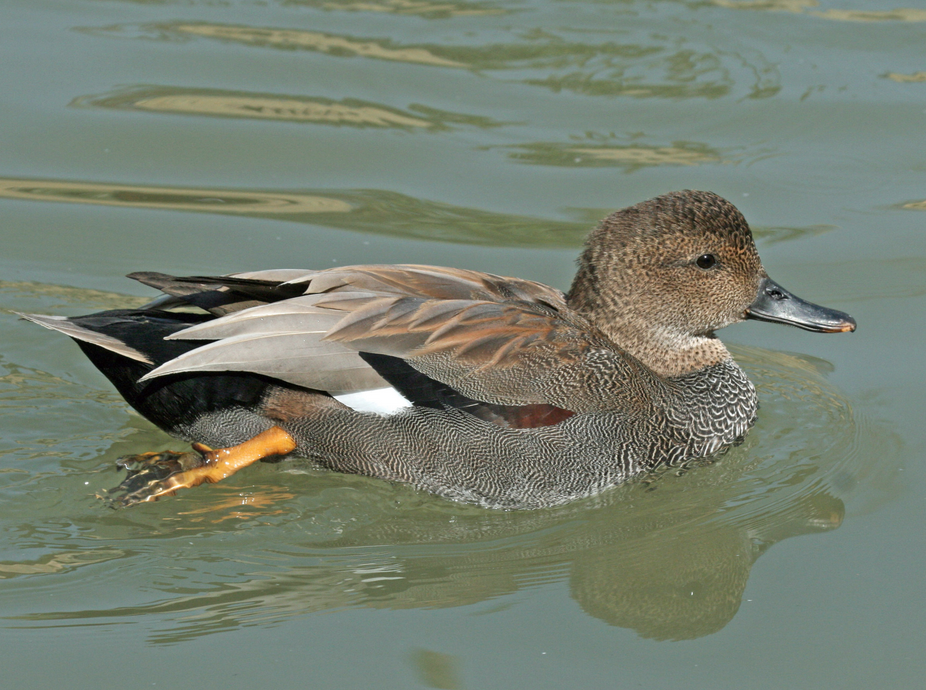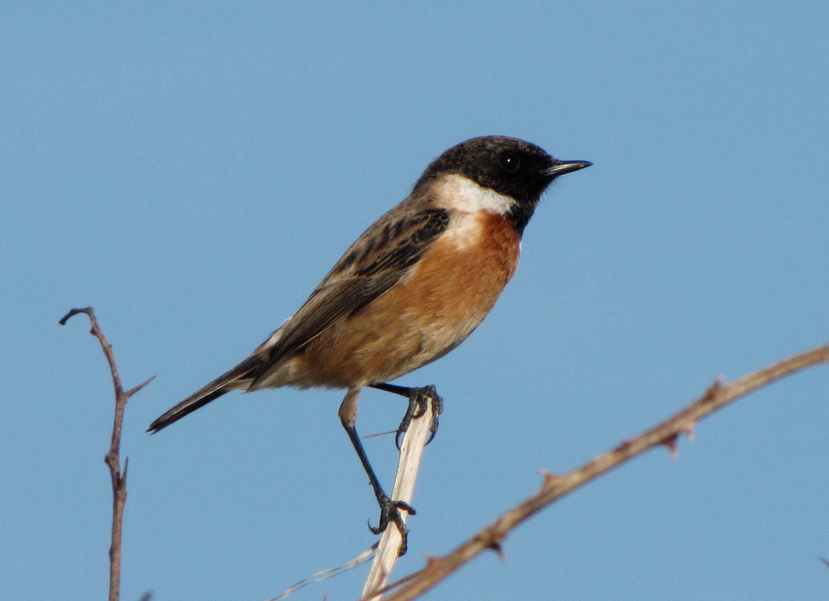 Abraham Lincoln
If given the truth, the people can be depended upon to meet any national crisis...
Abraham Lincoln
If given the truth, the people can be depended upon to meet any national crisis...
 Guildford news...
for Guildford people, brought to you by Guildford reporters - Guildford's own news service
Guildford news...
for Guildford people, brought to you by Guildford reporters - Guildford's own news service
Riff Raff Diary – January 2017
Published on: 9 Jan, 2017
Updated on: 9 Jan, 2017
Riverbank tales from the local St Catherine’s lengthsman and weirkeeper
by Robert Craig
The low rainfall in December meant that conditions were good for getting on with the winter cutback on my length of the navigation towpath. This has now been completed and will help me to identify the areas of bank requiring repair as well as clearing the old vegetation making way for new growth.
At the beginning of December I was helped for a day by the Wey Navigation Conservation Volunteers, the task in hand being to remove the encroaching ivy from the bargate stone wall by Langton Priory, just downstream of Ferry Lane.
On the day we also carried out some bank repairs on that section of towpath. A very productive day and the help was greatly appreciated.
With the cutback completed now I shall be continuing with bank repairs and filling in areas of ponding on the towpath, and also dealing with any hedging or tree work prior to the beginning of the nesting season.
Here are some of the birds I am currently seeing whilst working on the river:

A male gadwall duck. The etymology of the word gadwall is not known, but the name has been in use since 1666. Photo – Wikipedia commons.
There are a group of mallards that have been joined by a single male gadwall*, who seems very happy with the arrangement. There are also dabchicks, grey heron, cormorants, long tailed tits, bullfinches, stonechats**, redwings, greater spotted and green woodpeckers, kestrels, and common buzzards.

Male stonechat. Both sexes have a clicking call like stones knocking together. – Photo Wikipedia commons
Wishing you a very Happy New Year.
See you by the river.
*In Great Britain, the gadwall is a scarce-breeding bird and winter visitor, though its population has increased in recent years. It is likely that its expansion was partly through introduction, mainly to England, and partly through colonization to Great Britain, with continental birds staying to breed in Scotland. It has been reported in the River Avon in Hampshire and Wiltshire. (Source Wikipedia)
** The stonechat is 11.5–13 cm long and weighs 13–17 g, slightly smaller than the European robin. Both sexes have distinctively short wings. European stonechats breed in heathland, coastal dunes and rough grassland with scattered small shrubs and bramble, open gorse, tussocks or heather. They are short-distance migrants or non-migratory. (Source Wikipedia)
Recent Articles
- Memories of the Dennis Bros Christmas Party
- Letter: The Devolution White Paper is Good News for Surrey
- Notice: Come and Make a Christmas Cracker
- Benefits of Assisted Living Scheme Outweigh Harm to Designated Landscape GBC Planners Decide
- Letter: Councillor’s Statement is Misleading
- Two Unitary Authorities, One Elected Mayor – Most Likely Devolution Outcome for Surrey
- Notice: Guildford Music Society Concerts at URC
- Letter: Our National Parties Need a Reality Check
- Can You Help Find Wanted Man?
- Letter: Will New Bridge Really Speed Up Journey Times?


Search in Site
Media Gallery
Dragon Interview: Local Artist Leaves Her Mark At One of England’s Most Historic Buildings
January 21, 2023 / No Comment / Read MoreDragon Interview: Lib Dem Planning Chair: ‘Current Policy Doesn’t Work for Local People’
January 19, 2023 / No Comment / Read MoreA3 Tunnel in Guildford ‘Necessary’ for New Homes, Says Guildford’s MP
January 10, 2023 / No Comment / Read More‘Madness’ for London Road Scheme to Go Ahead Against ‘Huge Opposition’, Says SCC Leader
January 6, 2023 / No Comment / Read MoreCouncillor’s Son Starts Campaign for More Consultation on North Street Plan
December 30, 2022 / No Comment / Read MoreCounty Council Climbs Down Over London Road Works – Further ‘Engagement’ Period Announced
December 14, 2022 / No Comment / Read MoreDragon Interview: GBC Reaction to the Government’s Expected Decision to Relax Housing Targets
December 7, 2022 / No Comment / Read MoreHow Can Our Town Centre Businesses Recover? Watch the Shop Front Debate
May 18, 2020 / No Comment / Read More












Recent Comments